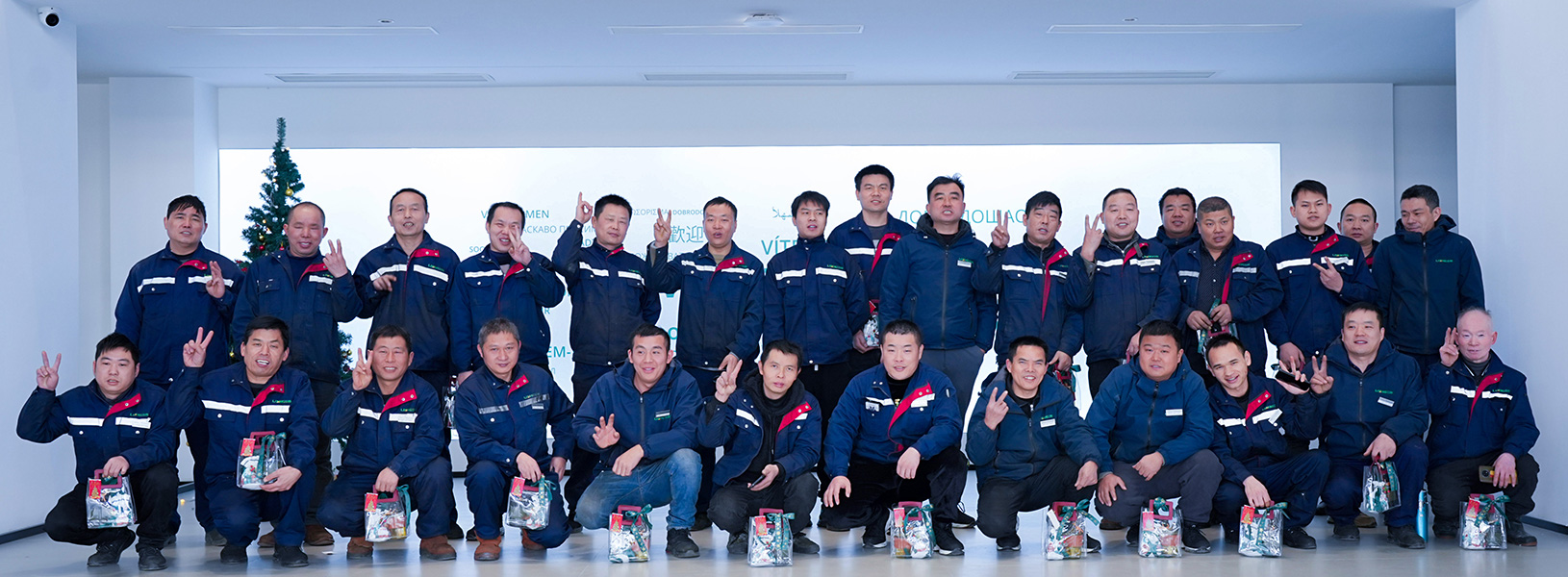
4 Main Types of Flexo Printing Machine
Why Flexographic Printing Is a Popular Choice
Printing on corrugated cartons used for food, beverage, medical goods, cosmetics and other consumer products is Flexo’s forte as is. The main appeal comes from its ability to print quickly and at high quality, along with the versatility of substrates it can work with, such as paper, foil, cardboard, and films.
The flexographic method of reproducing images is primarily suited for packaging such as boxes and pouches because it has high quality color reproduction and can print on a wide range of substrates. It is also used for FFC wraps and other esoteric forms of printed electronics.
The Importance of Choosing the Right Flexographic Printing Press
Not all flexo presses are built the same; hence, knowing the options available to you is vital for your needs. Among other factors you need to consider the substrate’s material, the print’s intended quality, quantity, and the press’s spatial requisites.
A flexo press is designed to fulfill various functions and using the right one can dramatically reduce production efficiency, the final print’s quality, and inflate the operational cost. Therefore, the right choice lets you achieve set goals and production quality indications with optimum efficiency.
The 4 Main Types of Flexo Printing Machines
| Type of Flexo Printing Machine | Key Features | Advantages | Lishg Products |
| Central Impression Flexo Press | Printing units arranged in a circle around a central cylinder. | – Uniform print quality | YTD/YTC series |
| – Precise registration | |||
| – Ideal for narrow webs | |||
| Stack Type Flexo Printing Machine | Vertical design, print placements in stacks. | – Works well with thicker substrates (e.g., corrugated cardboard) | YTB series (4-8 colors, 100m/min speed) |
| – Faster job changes | |||
| Inline Flexo Printing Machine | Sequential placement of printers for reduced idle time. | – Versatile, handles multiple substrates | / |
| – Flexible production, 12 printing units | |||
| Gearless Flexo Printing Press | Eliminates traditional gears, faster changeovers, and lower maintenance costs. | – Faster job changes | YTE series (4-color and 6-color, 450m/min speed) |
| – Precision and flexibility | |||
| – Lower maintenance costs |
Central Impression Flexo Press
The CI flexo press is a flexographic machine widely applied for the production of high-quality labels and versatile packaged goods. In this type of press, the printing units are placed in a circle around the central impression cylinder. This particular arrangement has a number of advantages, such as:
Uniform Print Quality: The central cylinder ensures consistent web tension, resulting in high-quality, stable prints.
Precise Registration: The close proximity of the printing units allows for better register accuracy, which is especially important when printing on flexible or thin substrates.
Ideal for Narrow Webs: CI presses are often used for narrow-web printing and high-end applications.
The central impression flexo press is popular across industries where quality of prints and consistent results matter the most.
Stack Type Flexo Printing Machine
Vertical Flexo Printing Machine Stack Press utilizes vertical design for its print placements which makes it perfect for less spaced production areas.
These machines look to cover space horizontally, unlike traditional machines which occupy an entire room vertically. Vertical printers may be faster at completing processes than other CU presses, but they are best for specific tasks like:
Handling Thicker Substrates: Stack presses work well with thicker materials like corrugated cardboard and are often used in packaging.
Efficient Production: Due to their vertical design, the stack press allows for faster job changes and more straightforward operation.
Nonetheless, they may not be ideal for unsupported substrates and are typically more difficult to use, especially for mass production.
Inline Flexo Printing Machine
The inline flexo printing process has been made far more effective due to sequential placement of the printers. This reduces Idle time allowing dedicated resources to work simultaneously. These printers are notoriously known for, but not limited to:
Versatility: The inline press can handle a variety of substrates, including paper, film, and foil.
Flexible Production: Inline presses can accommodate up to 12 printing units, allowing for complex, multi-color prints and processes like laminating and foil stamping.
Ease of Integration: Inline presses are often easier to upgrade and integrate with other technologies for more advanced processes.
This machine type is commonly used for flexible packaging, labels, and consumer product packaging, offering high throughput with minimal downtime.
Gearless Flexo Printing Press
The gearless flexo printing press eliminates the use of traditional gears, offering several benefits over conventional presses:
Faster Changeover: Gearless designs allow for quicker job changes, making them ideal for short-run and variable print jobs.
Precision and Flexibility: This machine type provides excellent print quality and the ability to print on a variety of materials, including thin and delicate substrates.
Lower Maintenance Costs: Without the need for gears, there is less wear and tear on components, reducing maintenance costs and downtime.
Gearless flexo presses are ideal for companies that require quick turnaround times, high-quality prints, and cost-effective operation.
What Types of Flexo Printing Machines Does Lishg Provide?
At Lishg, we offer a range of flexo printing machines designed to meet the diverse needs of the packaging and printing industries.Lisheng offers three of the four common flexo printing machines, namely Central Impression Flexo Press, Stack Type Flexo Printing Machine and Gearless Flexo Printing Press. Each product is certified and offers different numbers of colors and printing speeds.
Among Lisheng’s products, the ytb series stack printing machinery and gearless flexo yte series are particularly outstanding. For the former, we offer 5 products, with 4-8 colors and a speed of 100m/min. For the latter, we offer two products, 4 color flexo printing machine and 6 color flexo printing machine, both of which are high-speed printers with a speed of 450m/min.
References
1 3 Main Types of Flexo Presses
2 Introduction to Flexographic Printing
3 Flexo Printing Machines
4 Flexographic Printing Presses







